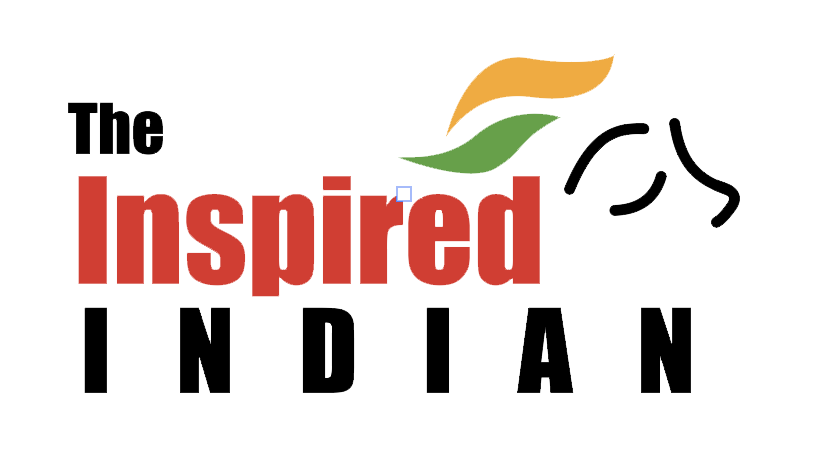Celebrating Lohri: The Bonfire Festival of Joy and Gratitude
Lohri, a vibrant and joyous festival, is celebrated in the northern regions of India, including Punjab, Haryana, Himachal Pradesh, and parts of Delhi. Marked by dancing, singing, and communal bonfires, Lohri is deeply rooted in agrarian traditions and Punjabi culture. Although celebrated primarily in India, its spirit transcends borders, making it a cherished occasion for Punjabi communities worldwide. Let’s dive into the origins, traditions, and folklore that make Lohri a truly unique festival.
Lohri is traditionally celebrated on January 13, marking the end of the winter solstice and the beginning of longer days. This festival coincides with Makar Sankranti, celebrated across India in various forms. Lohri holds particular significance for farmers, as it signifies the harvest of rabi crops like sugarcane, wheat, and mustard. It’s the time to express gratitude to nature for a bountiful harvest and to pray for prosperity and abundance in the coming year.
The festival also holds cultural and familial importance, often associated with new beginnings. For families blessed with a newborn or newlywed couples, Lohri is especially significant, symbolizing growth, prosperity, and joy.
The Bonfire Ritual
At the heart of Lohri celebrations is the communal bonfire, symbolizing warmth, light, and hope. As the sun sets, families and friends gather around the fire, offering food items such as sesame seeds (til), jaggery (gur), puffed rice, and popcorn to the flames. This act of offering is a way to thank the gods and nature for their blessings.
People often circle the bonfire while singing traditional folk songs like “Sundar Mundriye.” These songs narrate tales of valor, love, and social unity, bringing everyone together in the festive spirit.
Music and Dance
No Lohri celebration is complete without the pulsating beats of the dhol (a traditional drum) and the energetic Punjabi folk dances—Bhangra and Gidda. These dances are not only a form of entertainment but also an expression of collective joy and cultural pride. Dressed in colorful traditional attire, participants immerse themselves in the rhythms, creating a lively and festive atmosphere.
Traditional Feasts
Food plays a central role in Lohri celebrations. Traditional dishes such as makki di roti (cornbread) and sarson da saag (mustard greens) are enjoyed, along with sweets like rewri, gajak, and til laddoos. These delicacies are not just culinary delights but also hold symbolic importance, representing the harvest season’s bounty.
Lohri is steeped in folklore, with tales that add a layer of cultural richness to the celebrations. One popular legend is the story of Dulla Bhatti, a 16th-century Punjabi hero who is celebrated for his acts of kindness and rebellion against the Mughal regime. According to the tale, Dulla Bhatti rescued young girls from being forcibly taken to the Mughal court and arranged their marriages, providing dowries for them. Songs sung during Lohri, like “Sundar Mundriye,” often recount his bravery and benevolence.
Another interpretation of Lohri’s origins ties it to the worship of Agni, the fire god, and the Sun deity. The bonfire serves as a medium to connect with these divine forces, seeking their blessings for warmth, energy, and prosperity.
Lohri in Modern Times
In contemporary settings, Lohri is not just a rural or agrarian festival but a vibrant cultural celebration embraced by urban communities. Schools, offices, and social organizations host Lohri events, emphasizing its inclusive and joyous nature. In countries like the United States, where Punjabi diaspora communities reside, Lohri offers a way to connect with cultural roots and share traditions with the next generation.
The festival’s themes of gratitude, community, and new beginnings make it relevant across cultures. Whether you’re lighting a bonfire in Punjab or celebrating in your backyard in New York, the essence of Lohri remains universal: to come together, cherish life’s blessings, and look forward to a brighter future.
Lohri is much more than just a festival; it is a celebration of life, nature, and human connections. Its rich tapestry of rituals, folklore, and communal joy ensures that it continues to be a cherished tradition for generations. So, as January approaches, get ready to don your vibrant attire, gather around a crackling bonfire, and immerse yourself in the joyous spirit of Lohri. Happy Lohri to all!
